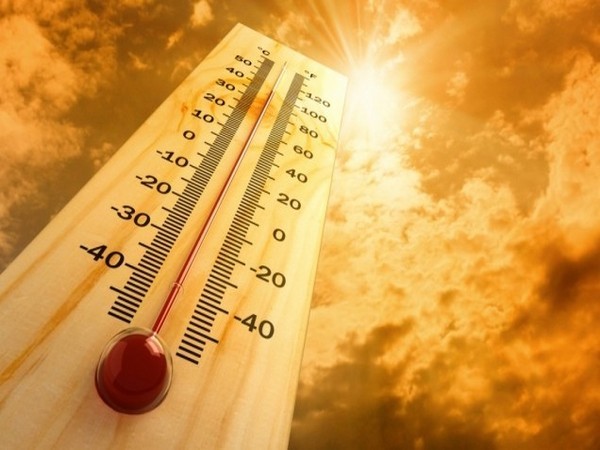Warmer, drier spring forecast with higher bushfire risks in Australia
Sep 01, 2023
Canberra [Australia], September 1: Most of Australia is likely to brace for a drier and warmer spring, which may raise the risk of bushfire, as the Bureau of Meteorology released a forecast for the upcoming season.
The Bureau's long-range forecast for spring 2023, released on Thursday, showed below-average rainfall is likely for most of Australia, along with warmer than usual temperatures.
The forecast came as this year's winter looks to be the country's warmest winter on record. The national mean temperature for winter is currently tracking to be 1.54 degrees centigrade above the 1961-1990 average, which would make it Australia's warmest winter since 1996.
Bureau of Meteorology climate services manager Karl Braganza said unusually warm days are likely for almost all areas over spring, especially Western Australia and parts of the southeast.
In contrast to last year, when Australia had its second-wettest spring on record, the forecast showed most areas have a high chance of below-average rainfall this spring, and many areas have an increased chance of unusually dry weather.
The warmer and drier weather increases the risk of bushfire, as there are always fire risks in Australia during spring.
The Seasonal Bushfire Outlook Spring 2023 released by Australasian Fire Authorities Council (AFAC), the national council for fire and emergency services in Australia and New Zealand, showed increased risk of bushfire has been identified for large areas of the Northern Territory, Queensland and New South Wales, as well as regions in Victoria and South Australia for the upcoming spring.
AFAC CEO Rob Webb said the climate influences driving an increased risk of bushfire this season are widespread, and urged the communities to plan and prepare.
The Bureau of Meteorology also forecasted a potential Indian Ocean Dipole (IOD) event during spring. As the bureau is currently at El Nino Alert, experts are worried that the two events, if occur, may further intensify the dry weather.
Bureau of Meteorology senior climatologist Catherine Ganter said climate models also showed a positive IOD event is likely to form during spring.
"If a positive IOD occurs with an El Nino, the drying effect is typically stronger and more widespread across Australia, compared to either event by themselves."
Source: Xinhua








